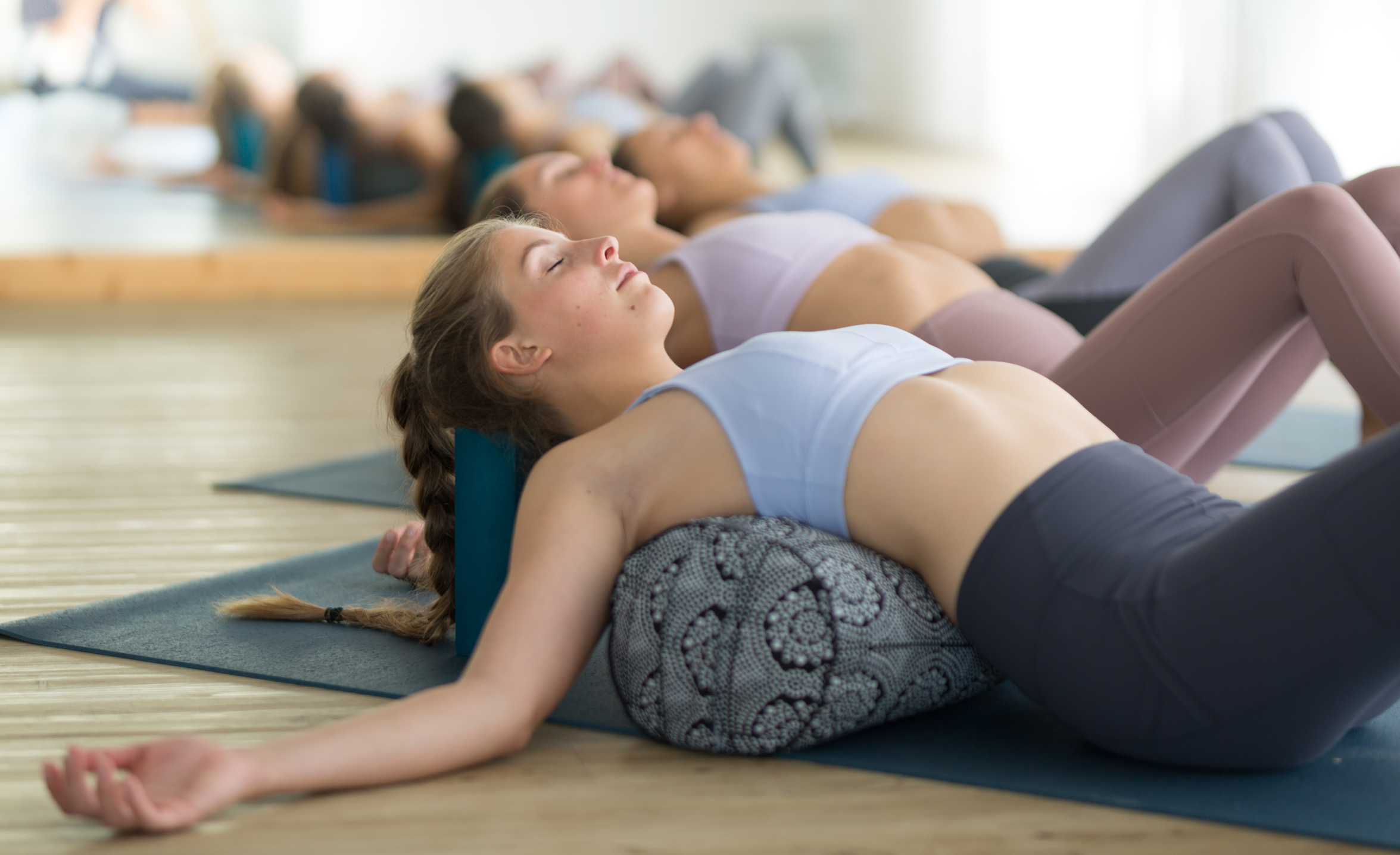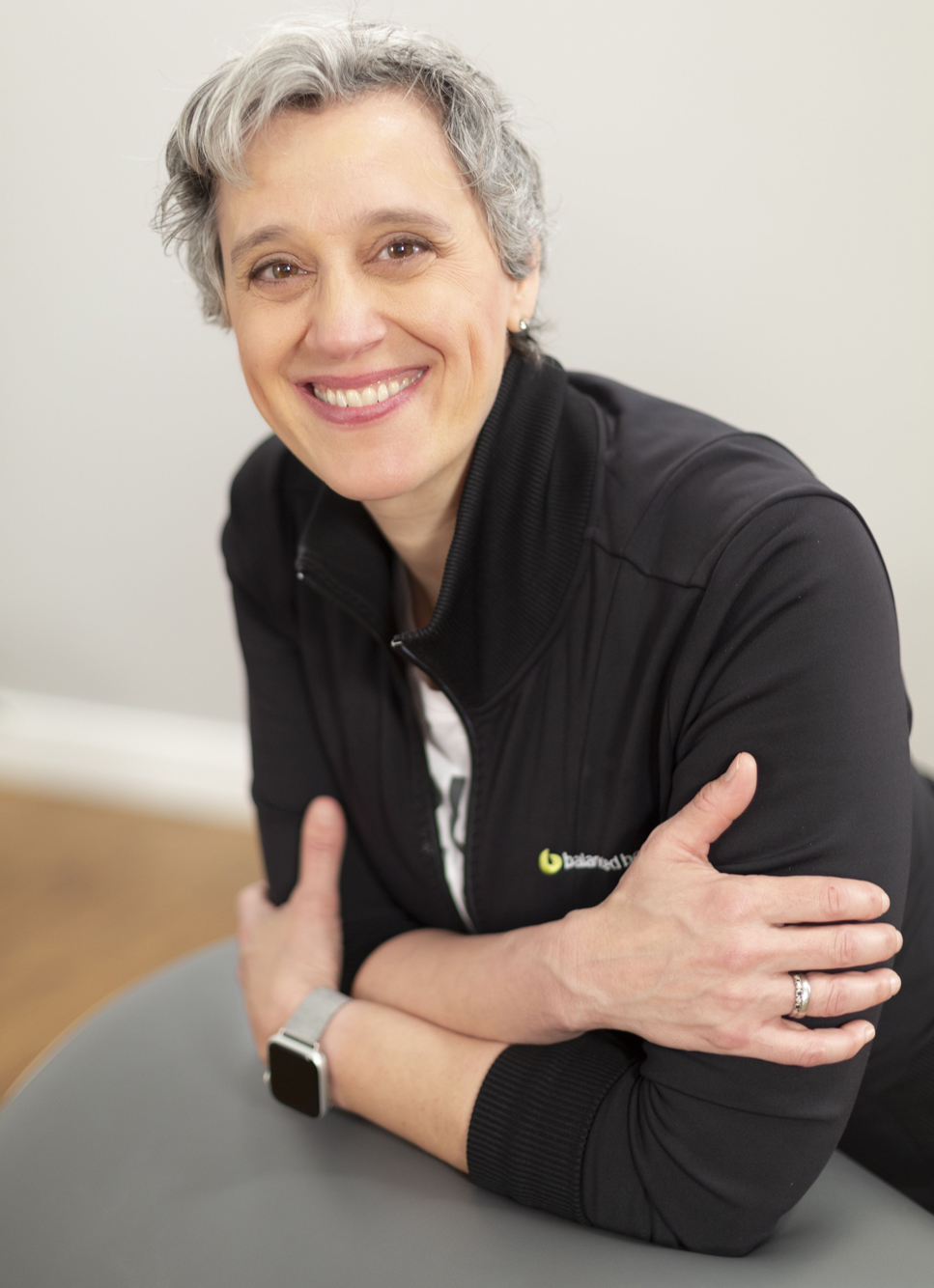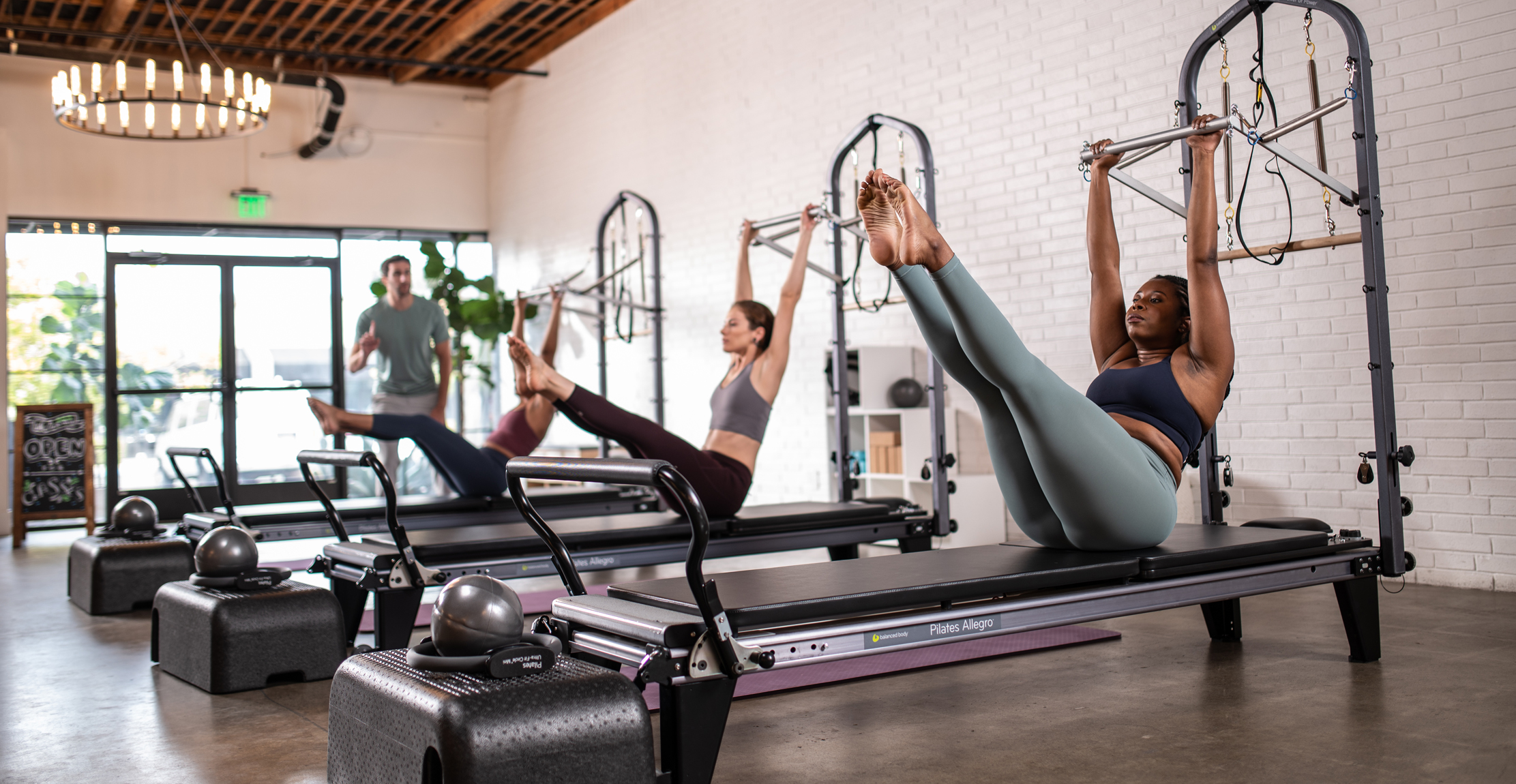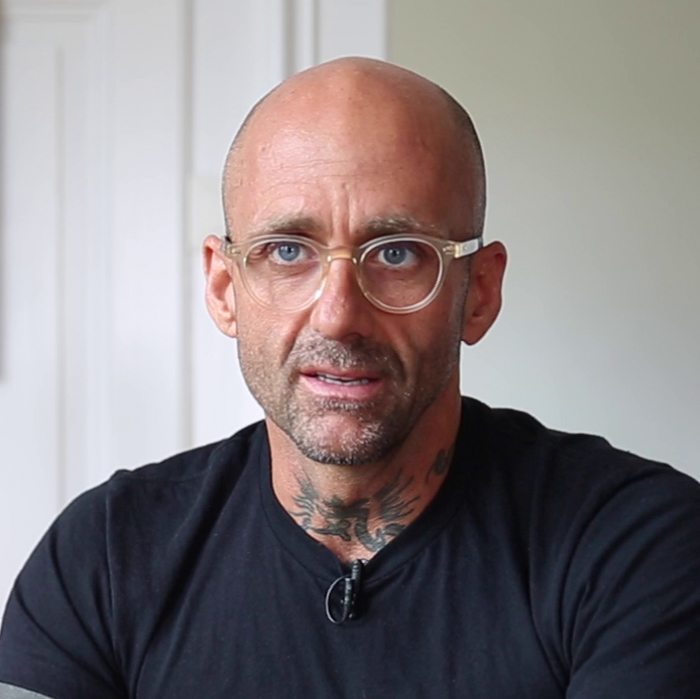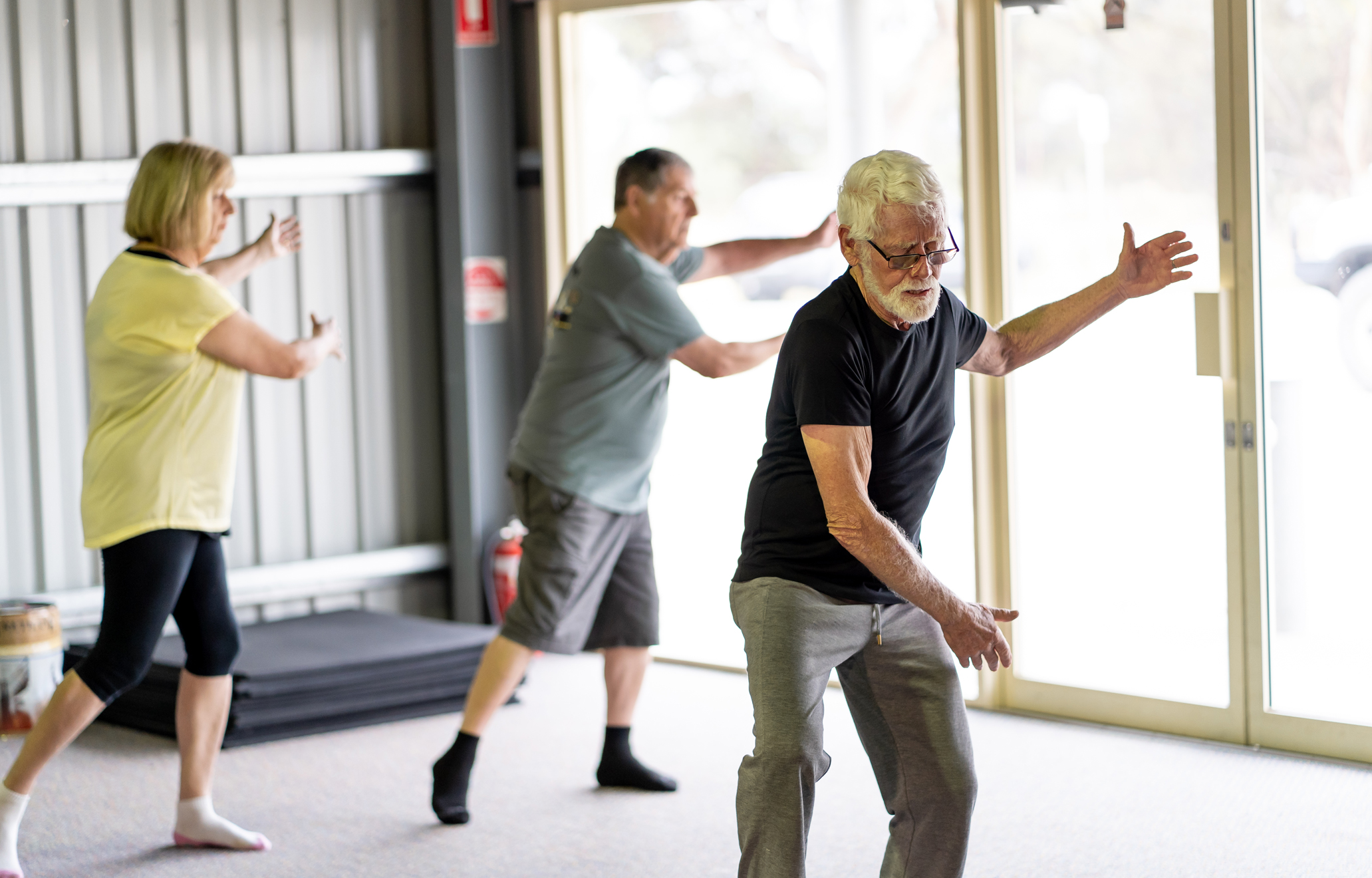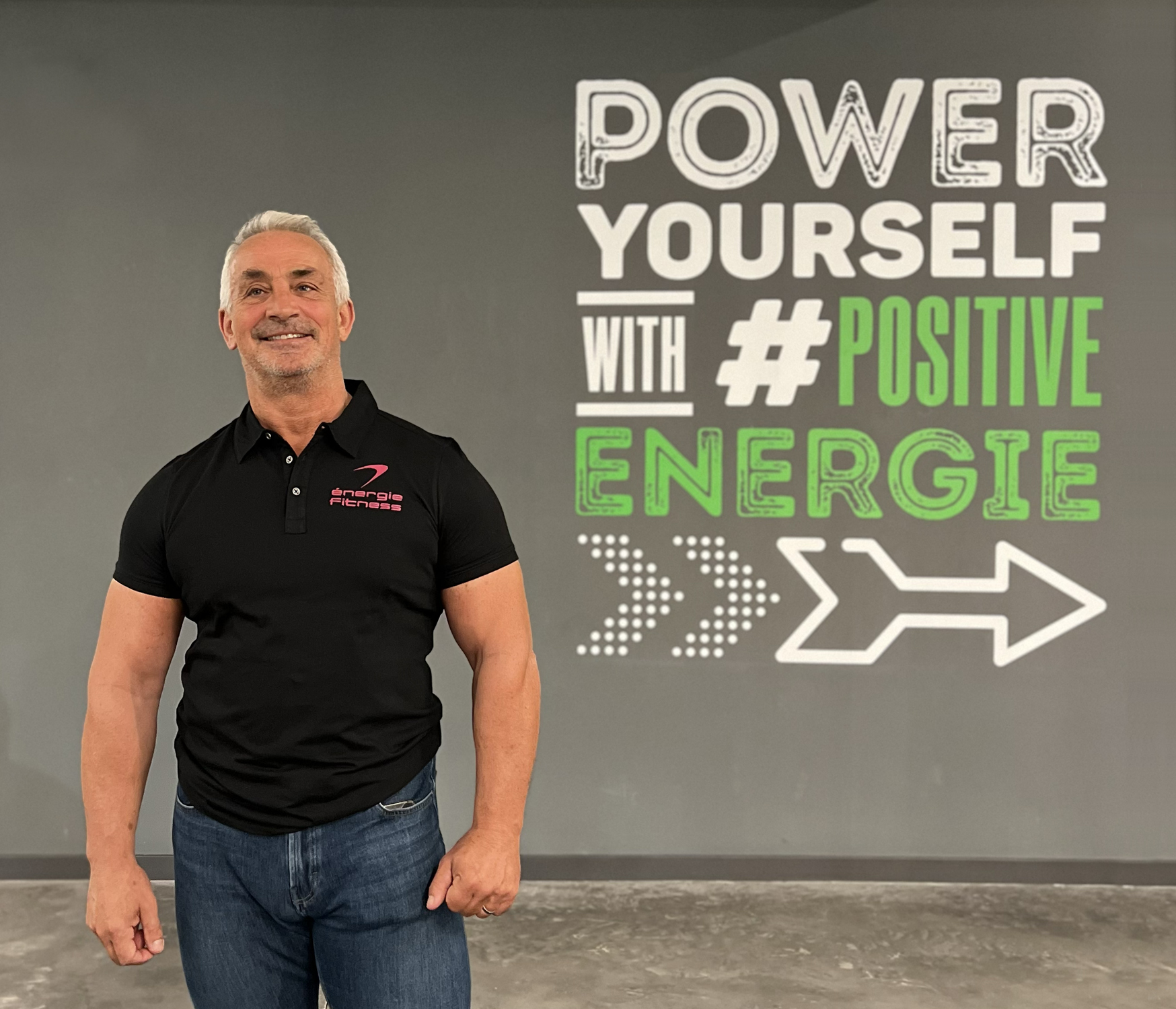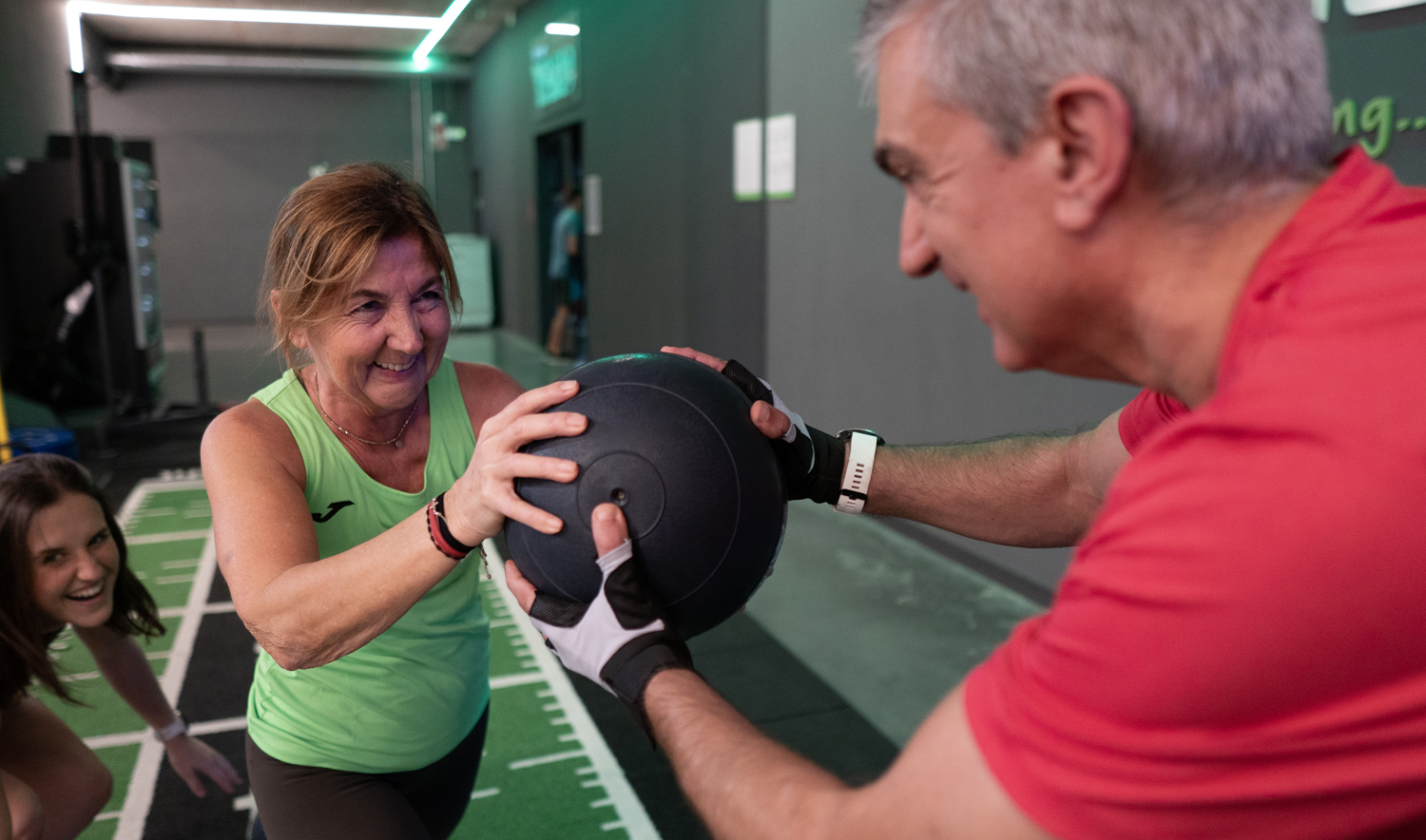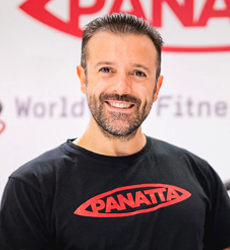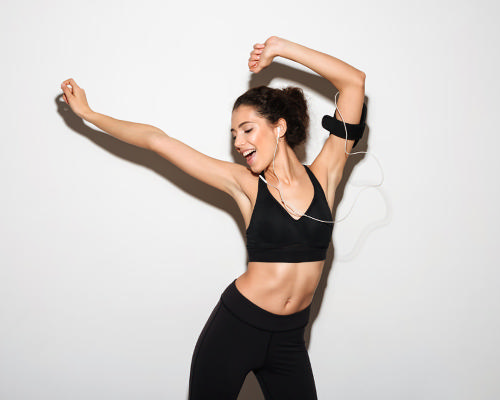
photo: Les Mills
Our research shows that when exercise intensity is higher than anticipated it can create a negative experience, which reduces the likelihood of someone returning to the class, especially beginners.
Individuals who haven’t established a fitness habit don’t always find exercise positive and intensity is a key factor in this. While regular exercisers are used to feeling hot, sweaty, short of breath and uncomfortable, irregular exercisers may not distinguish these feelings from a stress response, so lowering intensity helps ease people into their journey and ensures each exercise session is positive.
The old approach of having to sweat and puff to gain benefits from training has changed. According to a number of recent consumer research publications, mental wellbeing has become the most common reason to exercise. Many operators are noticing an increase in attendance in the mind-body space, so are including more of these offerings on their timetables.
Our research indicates just a few mind-body sessions can significantly improve resilience, feelings of positivity, life satisfaction and sleep quality, so it’s not surprising these types of classes have surged in popularity.
The team at Les Mills are obsessed with creating engaging fitness experiences and constantly innovating to provide new workouts which meet people wherever they are on their fitness journey. Our new active ageing non-impact programme, Les Mills Thrive, can be performed with assistance, such as chair support, bodyweight or light resistance. It focuses on improving walking ability, which research has shown many older adults use to maintain their health. By targeting the key muscles involved in gait, we aim to improve functional strength and maintain walking ability, independence and ultimately longevity.
I expect the interest in lower intensity exercise to continue, driven by consumer demand and operators focusing on meeting the needs of their clients, which may involve giving psychological health priority over physiological health, at least initially.
I’d love to see clubs focus on delivering movement experiences that leave people feeling replenished and rejuvenated. This could broaden our industry’s appeal and bring the benefits of being active to everybody. We’re moving away from weight loss goals, towards using movement to simply do better at life.
We’re moving away from weight loss goals, towards using movement to simply do better at life











